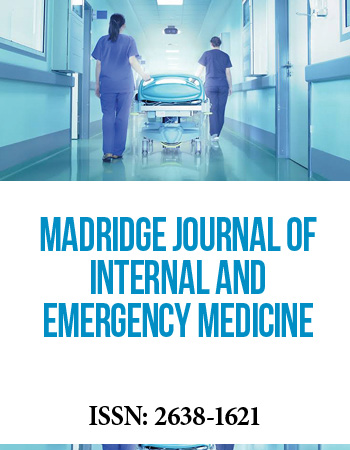International Translational and Regenerative Medicine Conference
April 25-27, 2018 | Rome, Italy
A New Polylipoic Acid-Based Nano-Platform for Heart Diseases Treatment
1Department of Cardiac, Thoracic and Vascular Sciences, University of Padua, Italy
2Department of Biomedical Sciences, University of Padua, Italy
3Department of Chemical Sciences, University of Padua, Italy
Nanomedicine, that is the application of nanotechnologies to medicine, attracts an enormous interest. The aim of this study is to evaluate the safety, feasibility and biocompatibility of a new polylipoic acid-based nano-platform (NPs) for heart diseases treatment.
Material and Methods: The lipoic acid polymerization reaction developed by Matile et al. has been used to create highly cross-linked polymeric nanoparticles. Dimeric and trimeric derivatives of lipoic acid with different spacers have been synthesized and used to produce surfactant stabilized nanoemulsions. Thiol-initiated polymerization of the microemulsions have been lead to the formation of a highly reticulated polymeric nanostructure. Loading of active molecules (such as rhodamine) has been obtained either by entrapment or by copolymerization of appropriate lipoic acid derivatives in the nanoparticle matrix. HeLa cells, Raw 264.7 cells, purified human leukocytes and human monocyte-derived. Macrophages were incubated with different concentrations of nanoparticles (up to 200 µg/ml) for 24h hours, the vitality was assessed by MTS assay and the association of NPs to the cells was assessed by cytofluorimetry. Red blood cells, purified by buffy coats of healthy donors, were incubated for 24h with different concentrations of nanoparticles (up to 200 µg/ml) and then the possible lysis of the red blood cells has been monitored by the release of hemoglobin measured at 540 nm.
18 male health Sprague-Dawley rats were injected with 10mg/Kg of NPs via vein tail. 7 male health rats were taken as controls. Rats were sacrificed 1hour, 3 hour, 24 hours 3 and 7 days after NPs injection and blood and organs were collected. Section of 2mm of lung, heart, liver, kidney and spleen were analyzed by Alliance 2.7 3D software to identify and quantify NPs-rhodamine conjugated. NPs localization in tissues was identify by confocal microscopy.
Results: We found that in vitro this new polylipoic acid-based nano-platform didnʼt exert any toxicity towards all the different cell types we used, even at high concentrations (200 µg/ml); NPs associate at low levels to all the tested cells, but they are captured by human macrophages at high levels. Moreover, NPs didnʼt induce red blood cell lysis. In vivo, NPs fluorescence was identify immediately after injection in the heart. Moreover the heart was able to retain the NPs until 7 days after injection. The heart demonstrated to have a low clearance of NPs. Liver and kidney showed NPs fluorescence clearance at 3h after injection. Confocal microscopy showed that NPs are localize in the interstitium of organs and in the endothelial cells. NPs did not show any toxicity in the rats.
Conclusion: Heart is able to retain NPs injected in blood flow for up to 7 days without evident negative side effects. These preliminary data suggest that this new nano-platform formulation could be used to target heart diseases and for therapeutic drug delivery.
Biography:
Dr. Chiara Castellani, is Assistant Professor in Technical Sciences of Laboratory Medicine. (University teaching of “Cyto and histopathological diagnosis” and part of courses of Pathological Anatomy.) Dr. Chiara got her Ph.D. in Cardiovascular Pathology (2007) & achieved thanks to a research on “Cardiac and non-cardiac stem cells in heart transplant and cardiac hypertrophy remodelling”. She completed her Specialty training in Clinical Biochemistry (March 2013). She has been a visiting research fellow at the Washington University in Seattle, WA (2006), where she worked under the supervisor ship of Prof. Charles Murry on the heart remodeling and stem cells.
Research lines: i) Stem cells and cardiac remodelling; ii) stem cells and cardio renal syndrome; iii) cardiac amyloidosis; iv) Cardiac allograft vasculopathy; v) Exosomes and miRNA in heart and kidney transplantation.
The outcome of her research was presented through oral presentations and posters during many national and international meetings. She had published papers in international ISI journals and one book chapter (HI=11 and citations)


